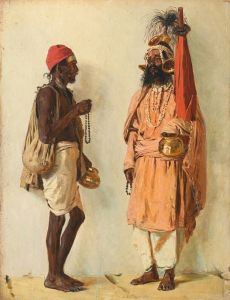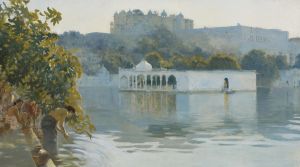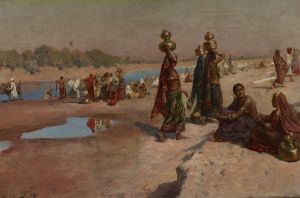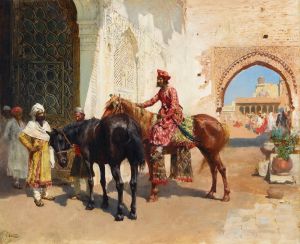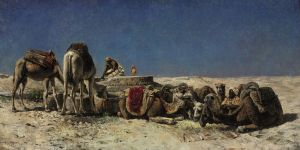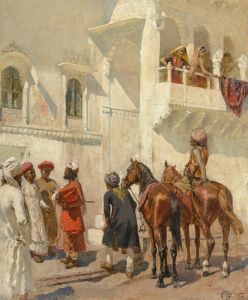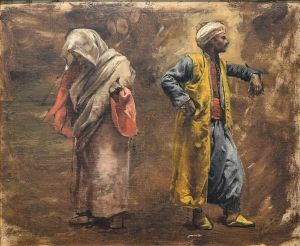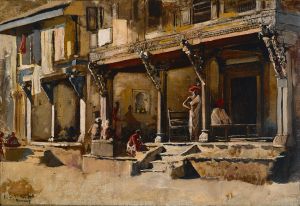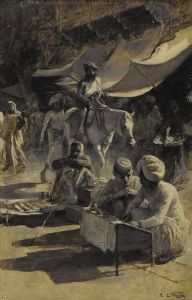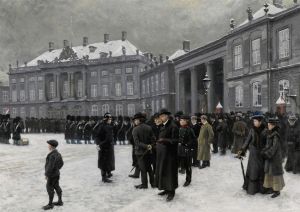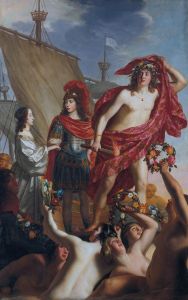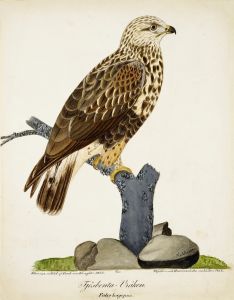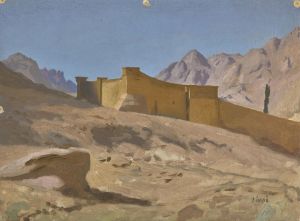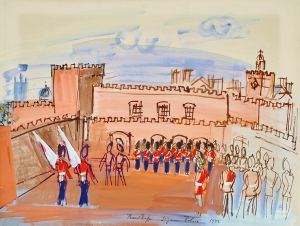
The Procession
A hand-painted replica of Edwin Lord Weeks’s masterpiece The Procession, meticulously crafted by professional artists to capture the true essence of the original. Each piece is created with museum-quality canvas and rare mineral pigments, carefully painted by experienced artists with delicate brushstrokes and rich, layered colors to perfectly recreate the texture of the original artwork. Unlike machine-printed reproductions, this hand-painted version brings the painting to life, infused with the artist’s emotions and skill in every stroke. Whether for personal collection or home decoration, it instantly elevates the artistic atmosphere of any space.
Edwin Lord Weeks was an American artist known for his Orientalist paintings, capturing the vibrant and exotic scenes of the Middle East and South Asia during the late 19th century. One of his notable works is "The Procession," which exemplifies his fascination with the rich cultural and architectural landscapes of these regions. Weeks was part of a broader movement of Western artists who traveled to the East, seeking inspiration from its diverse and colorful environments.
"The Procession" is a testament to Weeks' skill in depicting detailed and lively scenes. Although specific details about this particular painting are scarce, it is consistent with Weeks' broader body of work, which often features bustling street scenes, grand architectural backdrops, and a keen attention to the interplay of light and shadow. His paintings frequently include figures in traditional attire, capturing the essence of the local culture and customs.
Weeks was born in Boston in 1849 and developed an early interest in art and travel. He studied at the École des Beaux-Arts in Paris, where he was influenced by the academic style of painting. His travels took him to Morocco, Egypt, Persia, and India, where he immersed himself in the local cultures and landscapes. These experiences greatly informed his artistic output, allowing him to create works that were both authentic and imaginative.
In "The Procession," Weeks likely employed his characteristic use of vibrant colors and intricate details to bring the scene to life. His ability to render the textures of fabrics, the play of light on architectural surfaces, and the dynamic movement of figures in a crowd would have been evident in this work. Weeks' paintings are known for their compositional complexity, often guiding the viewer's eye through a carefully orchestrated scene that captures a moment in time.
Weeks' work, including "The Procession," is part of the Orientalist tradition, which has been both celebrated for its artistic achievements and critiqued for its portrayal of Eastern cultures through a Western lens. Orientalism as a movement often romanticized and exoticized the East, reflecting the colonial attitudes of the time. However, Weeks' paintings are also appreciated for their technical mastery and the artist's genuine interest in the cultures he depicted.
Throughout his career, Weeks exhibited his work in prestigious venues, including the Paris Salon and the Royal Academy in London. His paintings were well-received by audiences who were captivated by the exotic subjects and the artist's ability to transport them to faraway lands. Today, Weeks' works, including "The Procession," are held in various collections and continue to be studied for their artistic and historical significance.
In summary, "The Procession" by Edwin Lord Weeks is a reflection of the artist's dedication to capturing the essence of the Eastern world through his detailed and vibrant paintings. While specific information about this painting is limited, it remains an important part of Weeks' oeuvre, showcasing his ability to blend artistic skill with cultural exploration.





